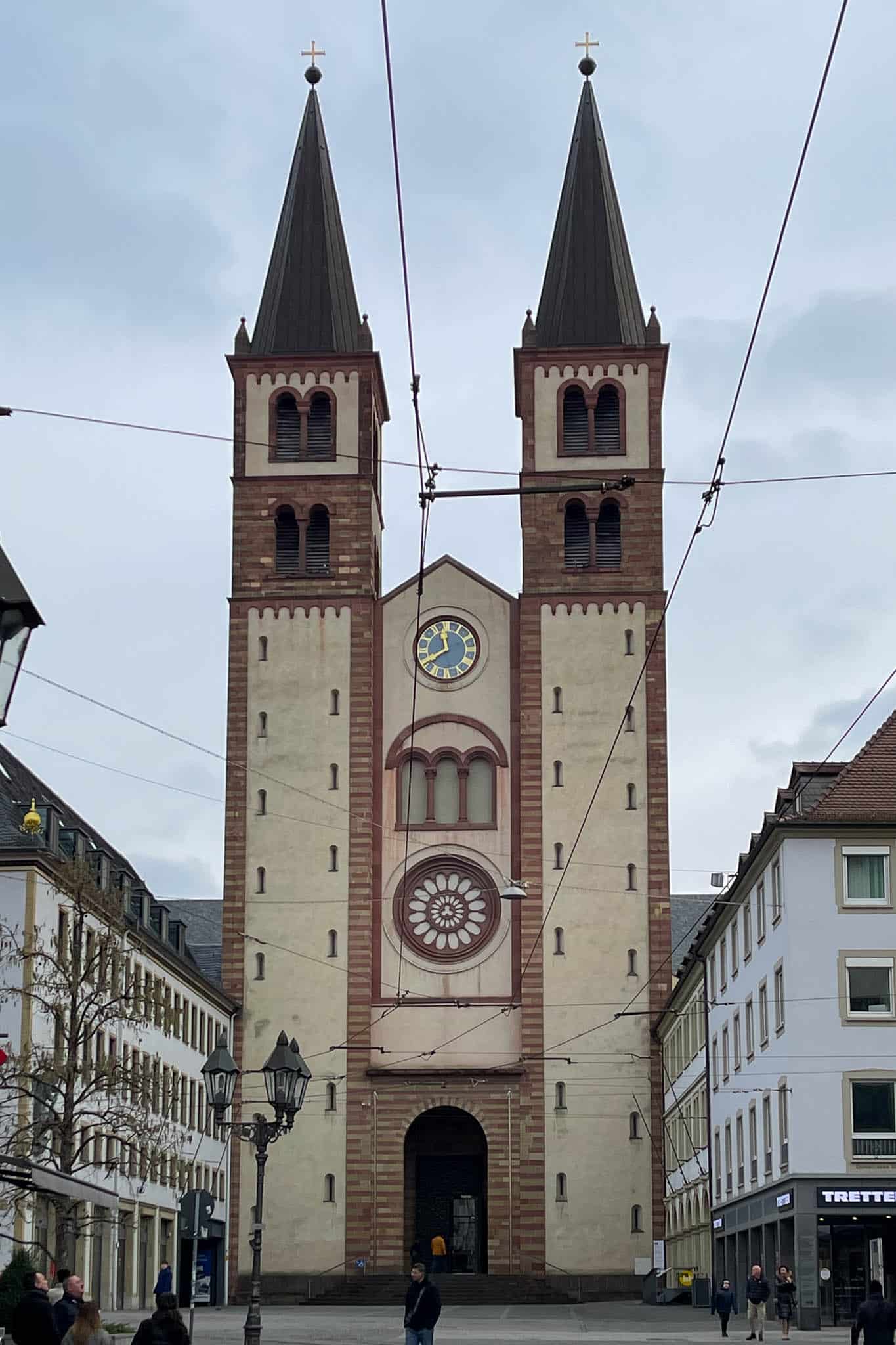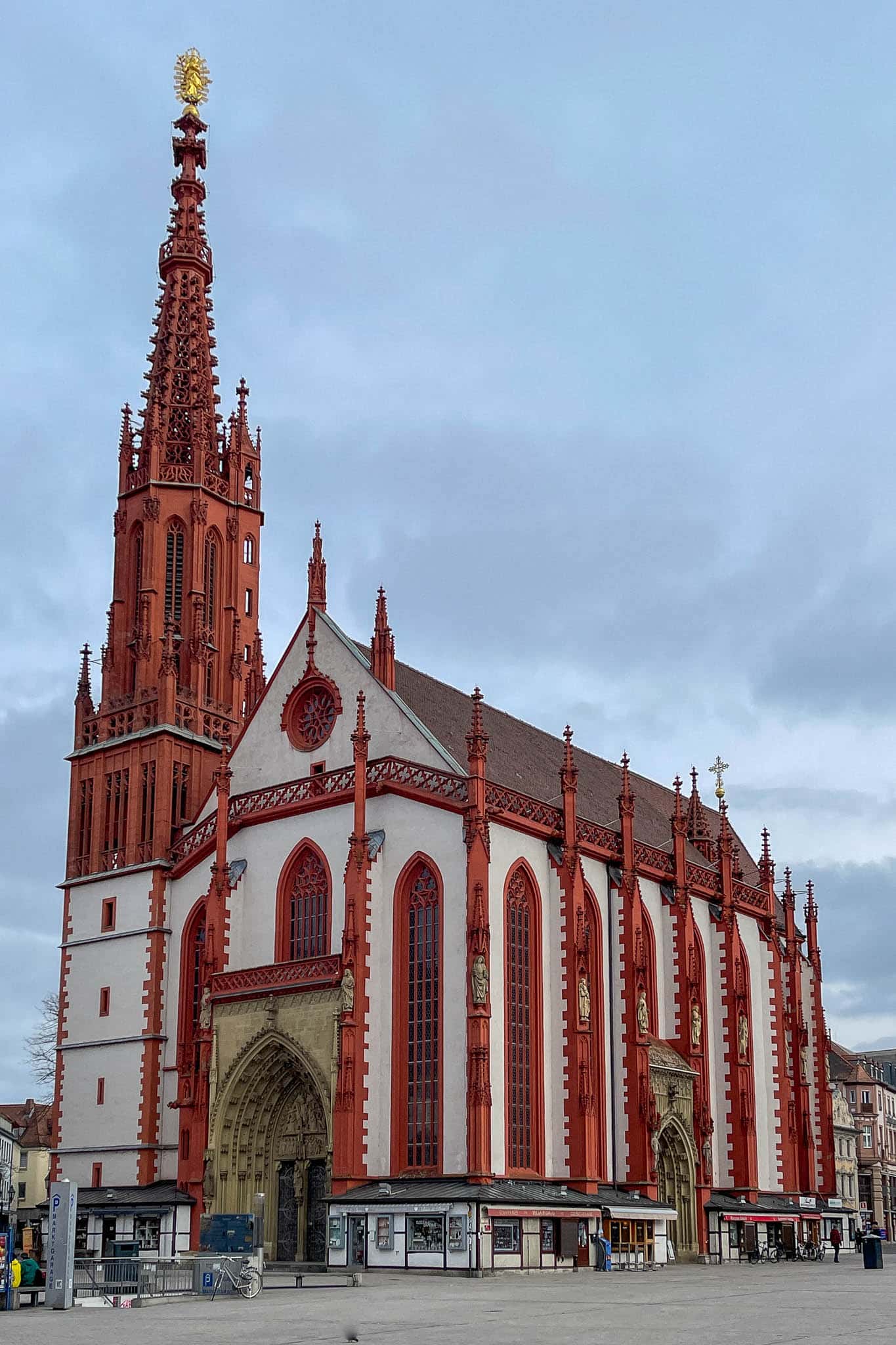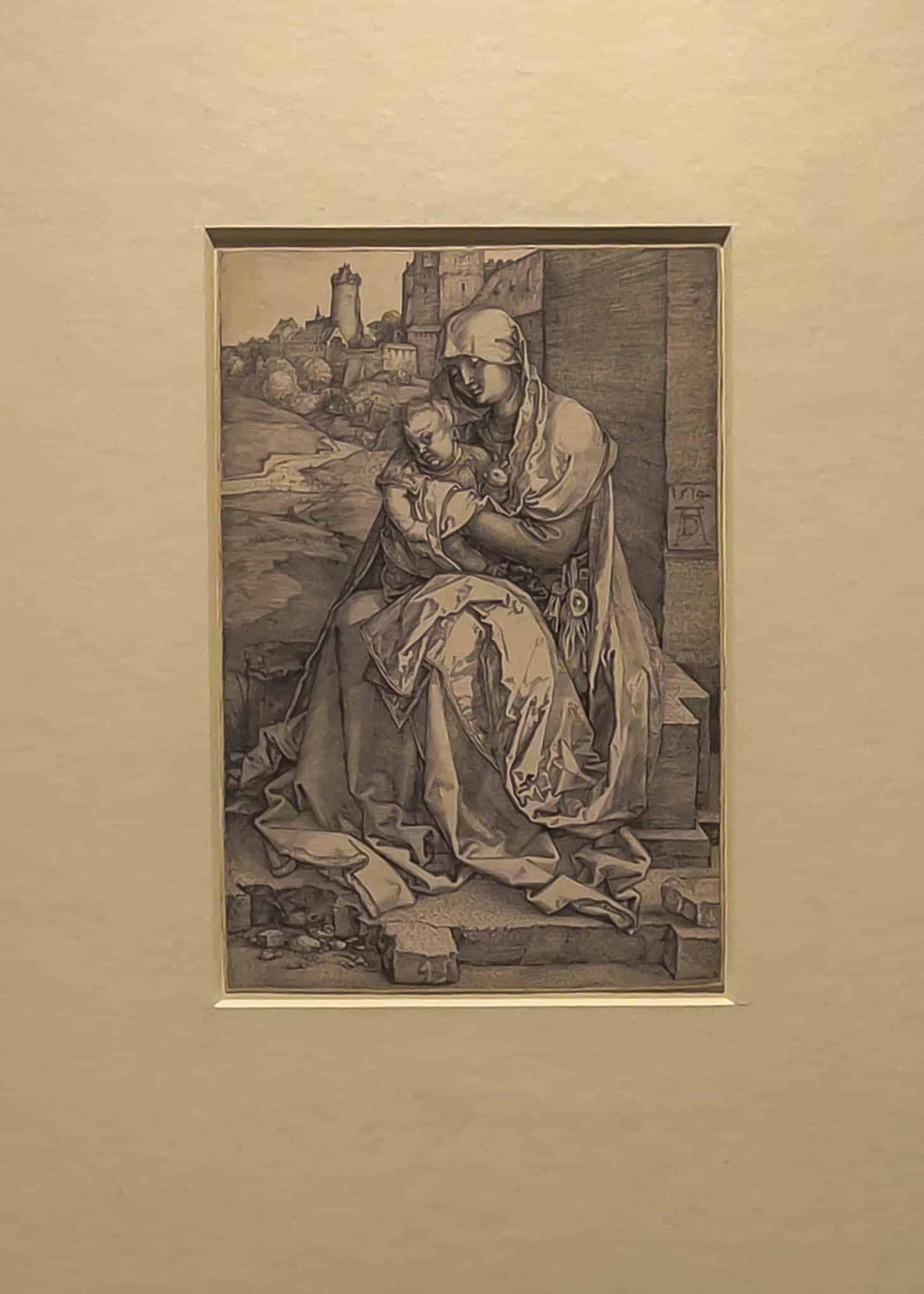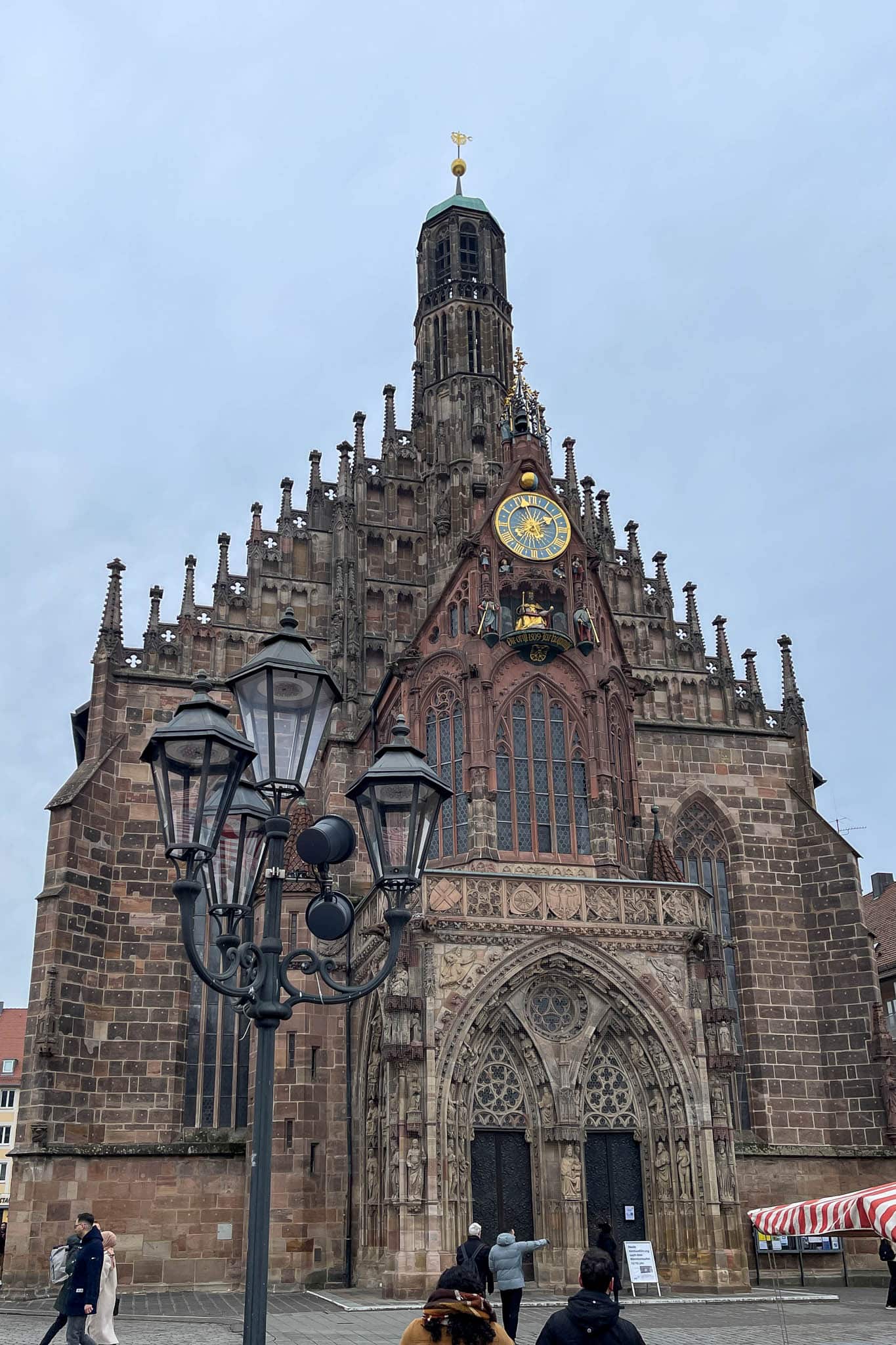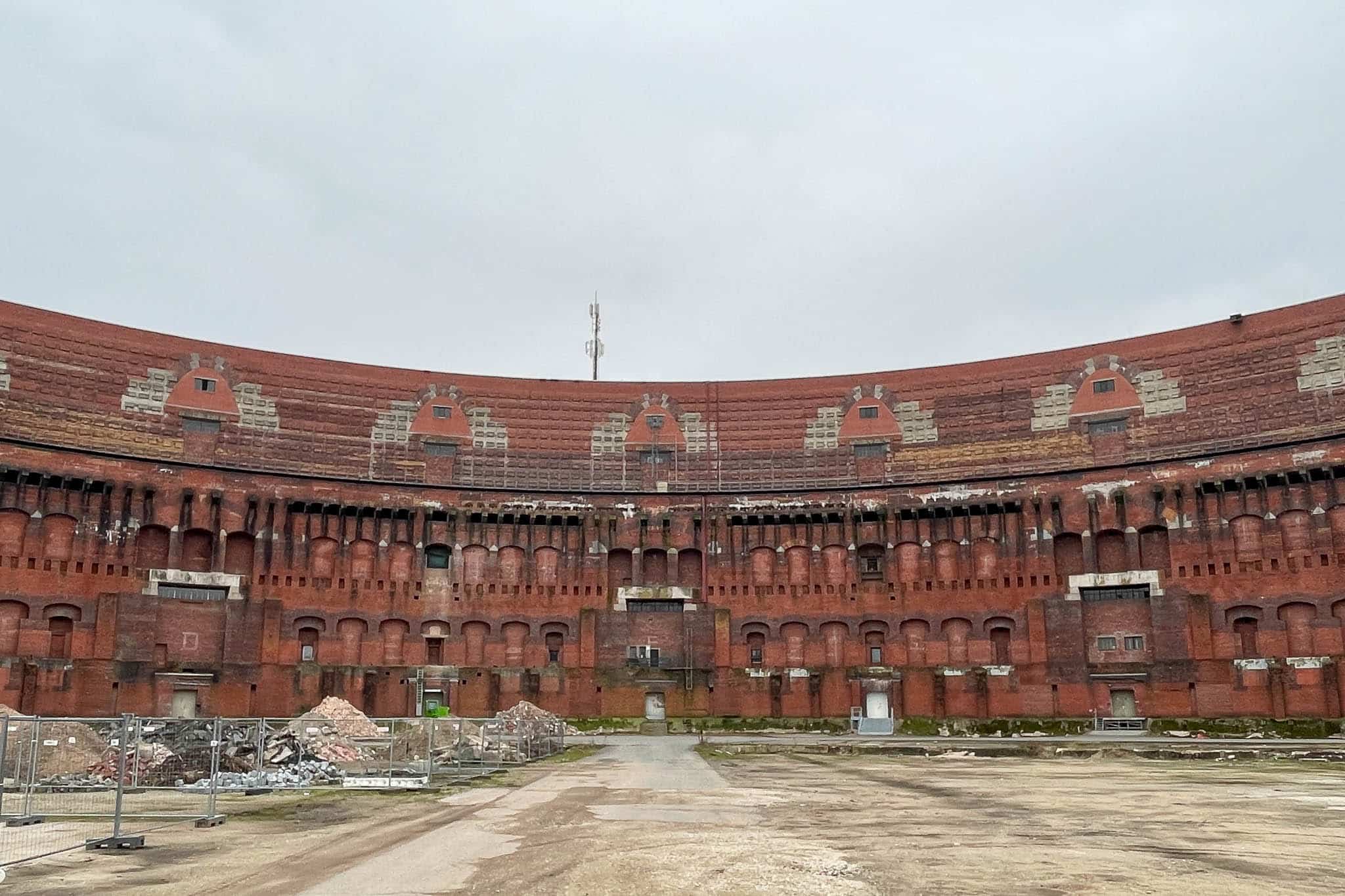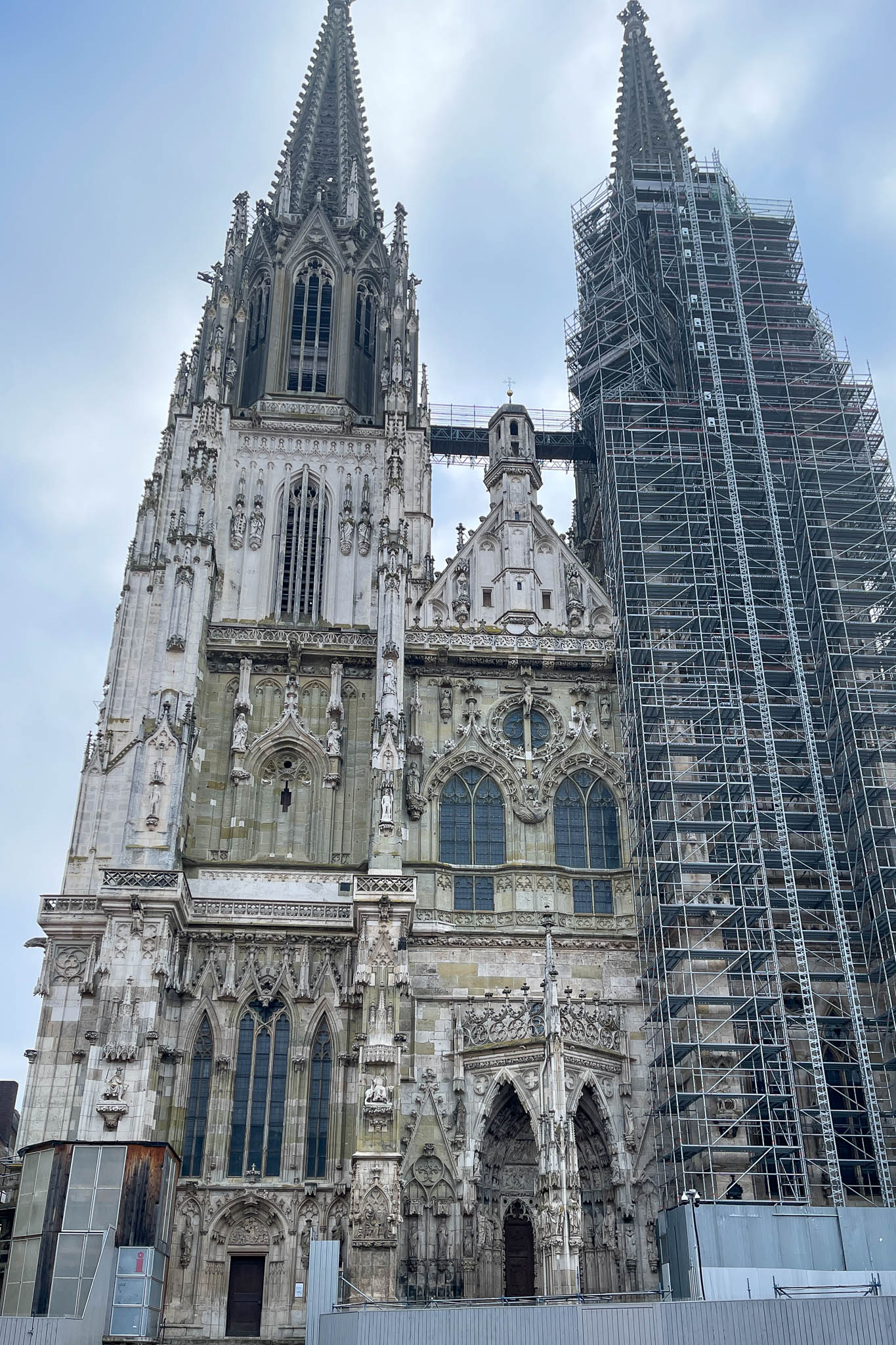Gems of Bavaria. Germany

Bavaria. Germany’s largest State Province by area, about the size of Ireland with two and a half times its population. It is an ecconomic power region, with the Munich metropolitan area being one of the wealthiest in all of Europe. Home of global corporations such as Siemens, BMW, adidas, SAP, and Allianz.
Being so close to my home Austria, I always wanted to explore the gems of Bavaria outside of its dominating capital city Munich. So off I went and got some nice surprises on my way. Come and join me on a short tour of Eastern Bavarian highlights.
The big arena of the Reichparteitagsgelände (“Area of the Party Congress”) is witness of the gigantomaniac madness of Hitler. Planned to be covered by a roof 70 metres above the big auditorium, it was supposed to hold more than 50,000 attendants. It was never finished, a visit there is recommendable yet very spooky.
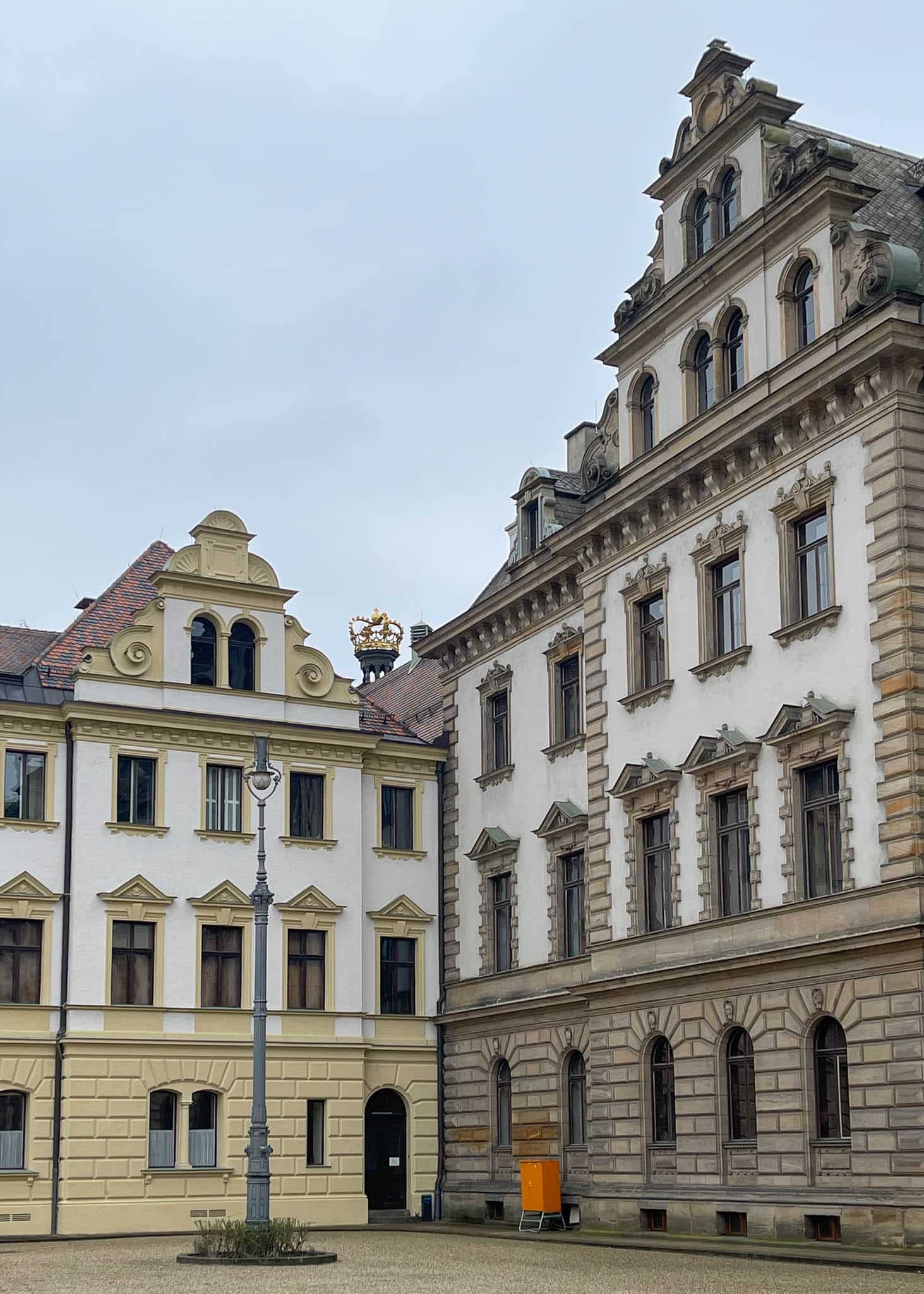
The gorgeous Castle in the City center is home to the Thurn & Taxis family, that has shaped Regensburg for centuries. Franceso Tasso has basically invented the Postal system, when he started to act as a royal courier between Innsbruck and Brussels. The family have then expanded the postal service network across Euope and controlled it for a long time.
Today, the Castle that is surrounded by 7 hectars of parkland, and is one of few fully functional residences in Germany, where the Thurn & Taxis family still lives. They have been avid entrepreneurs over many generations, and are the largest private forest owners in Germany.
The tour of Regensburg Castle perfectly rounded up my short trip through Eastern Bavaria. Definitely worth a visit.



